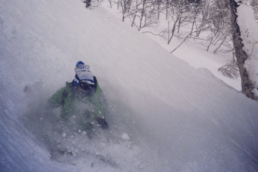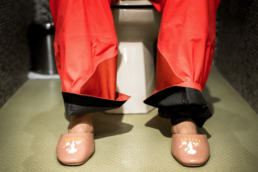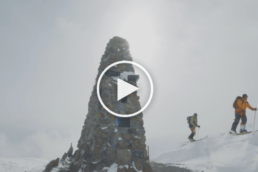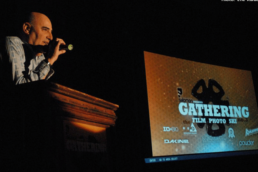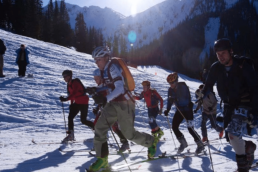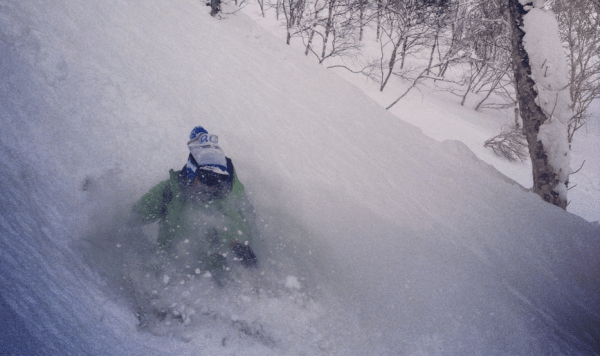
We booked our plane tickets only two days before we left for Japan. From the info we could gather between our homes and YVR Robin O’Neill and I decided that heading north would be our best bet and we made the popular ski region Niseko on the northern island of Hokkaido our first stop. We were fortunate to find a last minute bunk bed at Woodpeckers Guest House in Moiwa, about 15 minutes out of Hirafu (the main town in the Niseko region). When we arrived cold and delirious on the first night our host sent two of his hotel guests to fetch us from the bus as he had too much Sake and couldn’t make the trip. The two men were snowboarders on a getaway from their lives in Tokyo- and quickly filled us in that the man that owned the guest house we were about to arrive at is a legend of sorts in these parts.
Akio Shinya, the “sensei of snow” and the only Avalanche forecaster in the Niseko region is who we were about to meet. The two guests who picked us up told us that chose to stay at Shinya’s because they were afraid of avalanches and talking to him each day about the conditions helped them to better understand what was going on and made them feel safe.
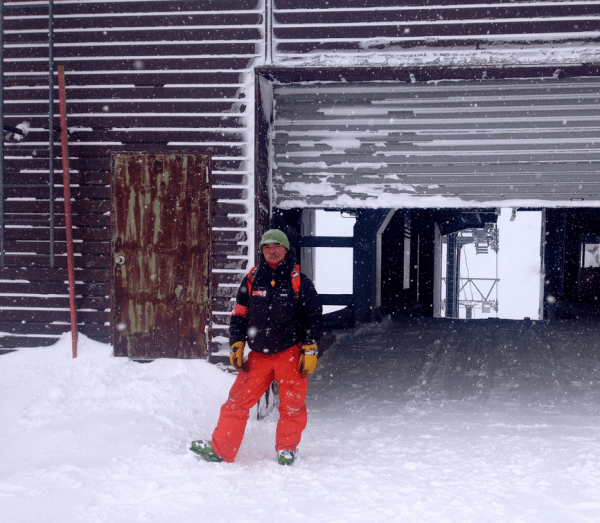
Safety is a huge concern at all ski resorts and in an area where only 40% of the people skiing off resort into the backcountry have experience and avalanche safety gear, Shinya has a very difficult role. “I am always worrying and thinking about accidents. Today was safe. If the skiers and snowboarders are safe then we are happy.” There is currently a gate system in place at most of the resorts around Niseko that forbids skiers from going out of bounds on days that are deemed “too dangerous”.
One ski area called Mizuno no Sawa just a few kilometers down the road from Moiwa used to be a permanent closure and has recently opened up for “backcountry” skiers. The terrain is some of the steepest lift accessed terrain in all of Niseko and it is the only area that has an avalanche control program and uses dynamite to control their runs. In an attempt to increase avalanche awareness, they require skiers to complete a half hour avalanche education program, sign a release waiver , wear a bib while on the resort and check out with the patrol at the end of the day. You are not required to have avy gear (or speak Japanese, despite the fact that there is no english version of the curriculum).
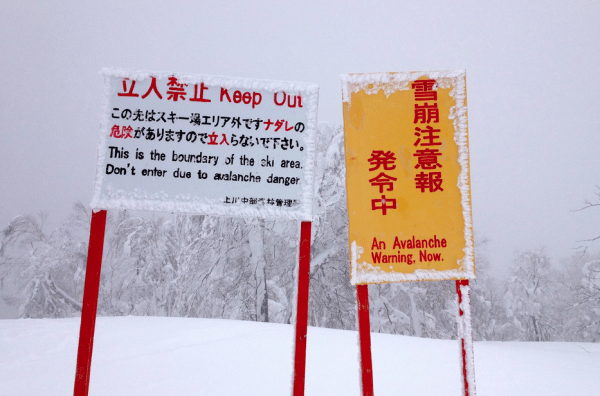
Further North (near the Asahidake region) , police and forestry workers monitor the roads and prohibit skiers from ski touring off the highway. Unaware of the rules we were reprimanded by an entourage of police and forestry authorities as we put our skins on our skis before heading up into a zone that had been deemed unsafe for skiing. Luckily our guide was able to explain that the snowpack was very stable and we were equipped with all of the necessary safety equipment. We were let off without a penalty and allowed to continue on to ski some of the best runs of our trip so far.
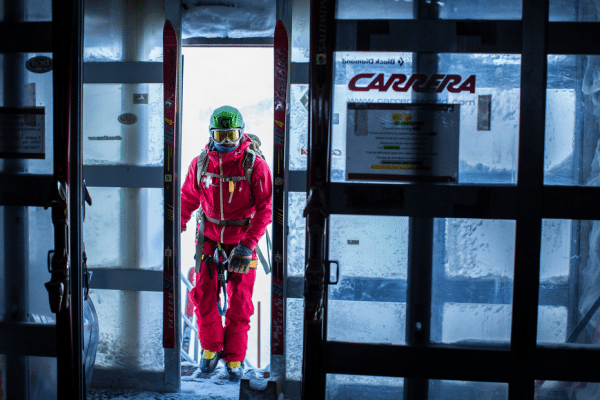
Backcountry skiing is still relatively new in Japan and the general stance on safety appears to be quite conservative by North American standards. With highly controlled areas and relatively simple (ie. low angle, treed) terrain it seems there should not be too much to worry about. Yet, accidents still happen and with the numbers of inexperienced riders heading out beyond the resort boundaries increasing by the day it is interesting to see the response of the ski resorts and authorities and their attempts to protect the skiers from harm. Hopefully over time an increase in avalanche education will bring some more pow(d)er to the people here in Japan.
If you are in the Niseko Region – Check out Shinya’s daily Avalanche bulliten here: http://niseko.nadare.info/
Mitchell Scott
Mitchell Scott is the Editor-in-Chief and co-publisher of Kootenay Mountain Culture Magazine.
Related Stories
Izzy Goes to Japan
Izzy Lynch and Robin O'Neill are on assignment for next winter's edition of KMC Magazine. We asked them to report from…
Why Japan Skiing is Awesome
For the past two seasons, Washington student and videographer Mattias Evangelista has skied the slopes and documented…
Japan: A Skiers Journey EP1 S3
Follow skiers Chad Sayers and Forrest Coots through Japan as they explore a world of contrasts. From Tokyo’s city…
Tyson Rettie is taking blind people backcountry skiing. This is how.
With his Braille Mountain Initiative, Tyson Rettie is introducing visually impaired skiers to the backcountry. By Ryan…
Pique Magazine Reports on the Kootenay Coldsmoke Festival
Writer Vince Shuley reports on the upcoming KMC sponsored Kootenay Coldsmoke Festival this weekend at Whitewater Winter…


